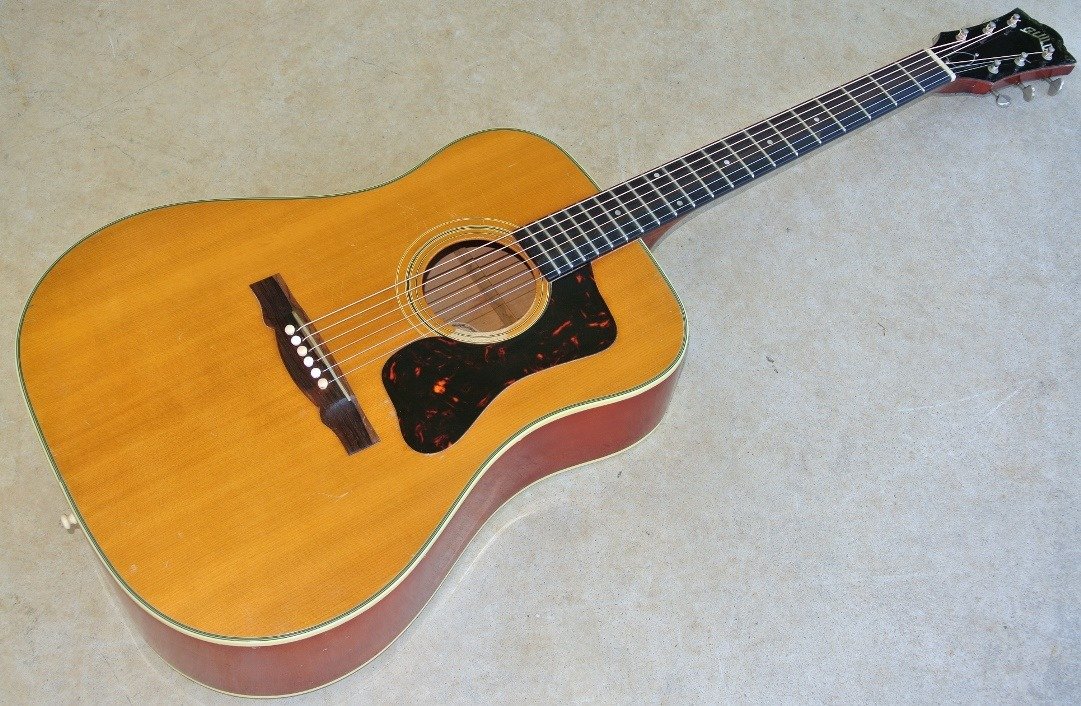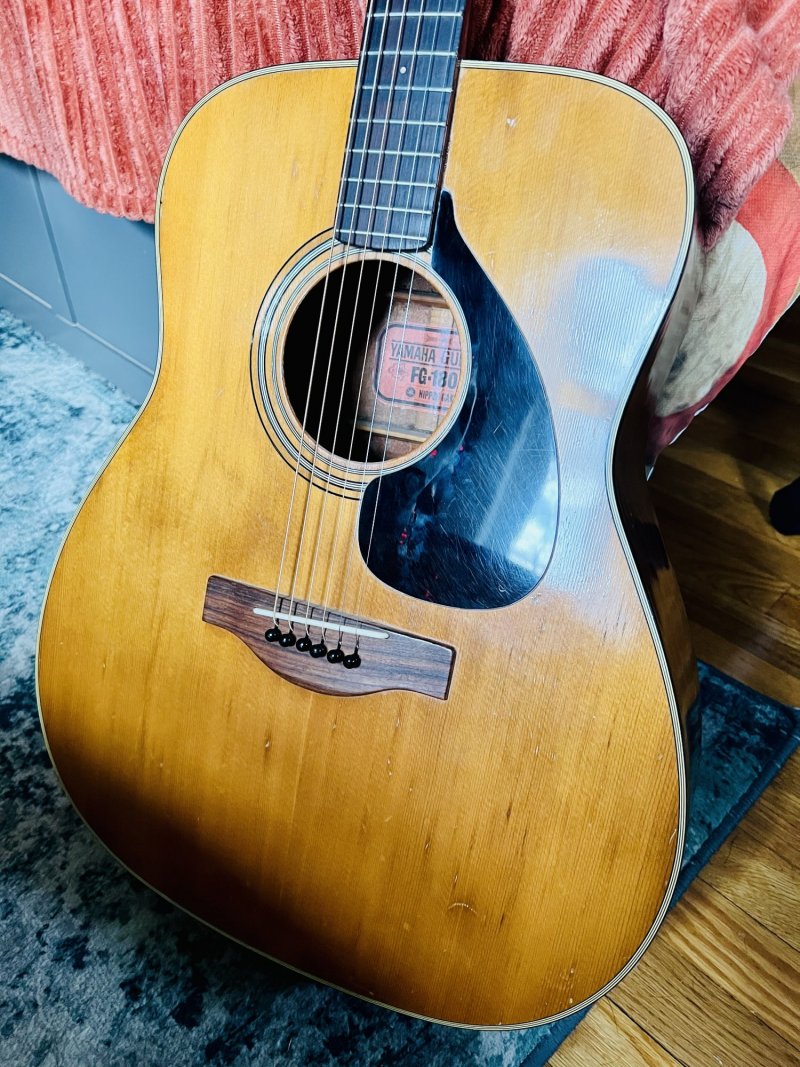Br1ck, it seems that I have ruffled some feathers. So be it. I don't care who or what Jerry Rosa has done, or the number of youtube videos he has made (many of which I have seen, from whence comes my issues with the way he does things). There are accepted practises in guitar repair. Those practices were NOT just whims of people trying to cut corners, improve their profit margins, or save time. They ARE practices that have been developed over time, work well, and help extend the life of the instrument, as well as maximize the tone of the guitar over that extended life span. The fact that Jerry Rosa decides to do things his way is fine, and much respect on that part. But, when he uses cyanoacrylate to repair nitro finished guitar, as one example, he crosses a line that I do not find acceptable. Not that it doesn't repair the problem, because it does, but because repairing it properly really isn't a bigger effort, and it is the right thing to do. Somebody called doing a neck reset a "craze" or a "fad". IT ISN'T, and I don't care which luthier you are a fan of. Neck resets used to be a lot more violent than the current steam or hot wire methods, and they should be reviewed before coming up with statementst like "breaking the strongest joint on the guitar". First of all, the dovetail neck joint may or many not be the strongest joint in the guitar (the kerfing joints may be as strong or stronger, but not really part of this discussion), but eve if it is, has it occurred to anybody to ask "Why is there a joint at the neck/body join" in the first place? It is, in fact designed to be there because necks will need to be reset. When necks are not expected to need a reset, there is no neck joint (see the Spanish Foot neck block as used in classical guitars). Not only is it there because of an anticipated future neck joint, the dovetail neck joint, and to a lesser degree the bolt neck and mortise and tennon neck joints are also designed to allow adjustment in multiple planes. And I didn't say to never use epoxy or cyanoacylate, just don't jump to it as a first resort, both are to be used as last resorts, not as a standard, everyday, routine, repair. if another finish repair is needed in that area, using cyanoacylate previously will make that repair impossible.
As for the whole "How many neck resets have any of you done? Fret jobs? Crack repairs? Instruments built from scratch? Instruments coming to you in fifteen pieces?" I have not done any. I never will due to eyesight and manual dexterity issues. I have however, been witness to multiple dozen neck resets, and not only observed, but actively asked questions, and had them generously answered by both long experience repair people, and by hand builders. They not only have answered questions (many of which they considered dumb) most generously, but found that on occasion, my dumb questions did help them realize what they were doing by rote (or automatically). They also offered to let me help make new body moulds, showed my how they tap tune a guitar top, bend a side, and the effect of adding finish to the guitar over multiple layers. Am I a qualified luthier? No, not in the least. Do I understand a bit about how guitars are made and what are the best repair practices? Yes. Do I know more than Jerry Rosa? No, probably not. Even with that, I know some of the stuff that he does is extremely questionable.
You say you know your way about Frets.com. Go see what Frank Ford would say about some of the stuff that Jerry Rosa does. Find a good local luthier and ask about what is shown on his videos, and he will tell you. Do not only watch one Youtube channel and automatically assume that what the person is doing, or saying, it always correct.
If you weint to see a really good luthier work on sometimes very difficult repairs, watch the Youtube channel of twoodfrd. If you watch him, and compare what he does to what Jerry Rosa does, then start asking some real questions

